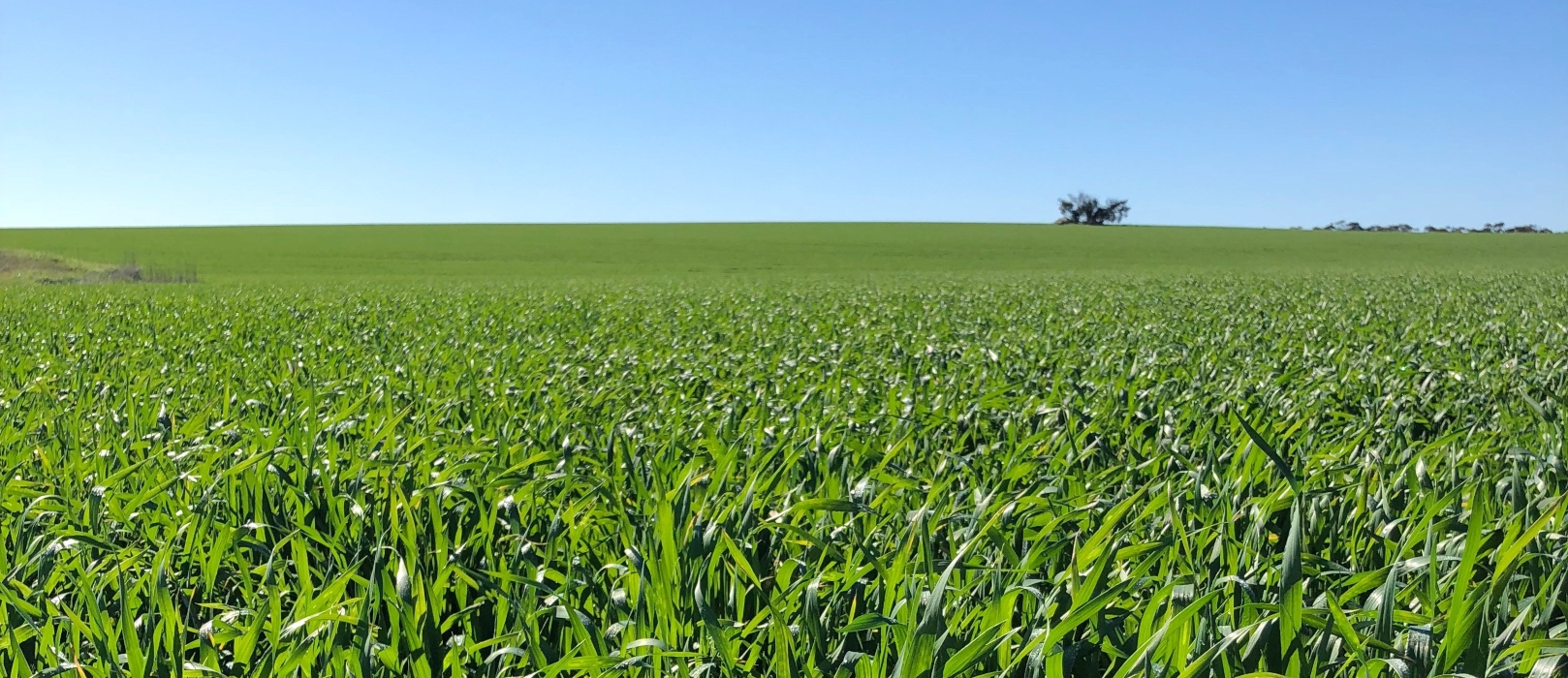
Grain Snippet: Aussie Barley Holds Post-Harvest
Local barley prices have trended $8-10/MT higher over the last month reaching prices between $325-330/MT in Adelaide’s Outer Harbour and $340-345/MT in Geelong. Delivered barley prices have continued trending higher, with Adelaide zone delivered prices fetching up to $370/MT as stocks dwindle and feeders focus on covering themselves until new crop comes online in October. The catalyst for this upward movement was a bearish AUD shift after Trump’s April 4th tariffs, which shocked the market and escalated the US–China trade war. Concerns about the Chinese economy—Australia’s largest trading partner—were quickly reflected in the AUD. The stark currency moves effectively lowered Australian barley export prices in USD terms, once again enhancing our competitiveness against alternative feed grains and origins.
Over the past month, market attention has been dominated by geopolitically driven volatility, with fundamentals taking a back seat. Only recently have US futures markets seemingly started to refocus on fundamentals, with a key driver being US export commitments. These have outperformed USDA forecasts and are rapidly approaching the total estimated export commitments for the year. Once this threshold is surpassed, it will begin to erode the already tight ending stocks, further constraining supply.
The US Prospective Planting Report had limited impact and fell within trade expectations. The result was an increased corn area of 4.73mHa or 5% y/y, which had minimal market effect. Global corn stocks-to-use are sitting at a tight 7.48%, lending price support until the Northern Hemisphere’s new crop is available and production concerns ease.
Australian barley is currently the most competitive landed barley in China compared to French and Argentine options. However, competition from corn has been significant. Fortunately, China has experienced large local corn production and has placed greater emphasis on imported barley for pig feed, given its lower susceptibility to aflatoxin compared to corn. Recently, corn prices in both Brazil and the US have been rising, further increasing the appeal of Australian barley.
New crop barley planting and reporting are still in early stages. Canadian planting intentions have reversed following a mid-March planting survey, now estimating 2.55mHa or -2.0% y/y. There has been no change to the previously estimated area drop in the EU, though it is expected to be offset by improved y/y yields after the excessively wet and delayed 24/25 French crop. Spring barley area may still expand, with intentions yet to be determined. Russian barley production was down 3.75MMT y/y last year at 16.7MMT—below its 5-year average. An estimated increase of 6.2% this year would bring production to 17.7MMT, still 2.75MMT below the 5-year average. Russian barley is a strong competitor to Australian barley into China. Overall, major exporter barley production is estimated to be down 920kMT y/y.
This is a sample only, if you would like to view the entire document and our recommendations, please contact CloudBreak to discuss becoming a member on (08) 8388 8084.


